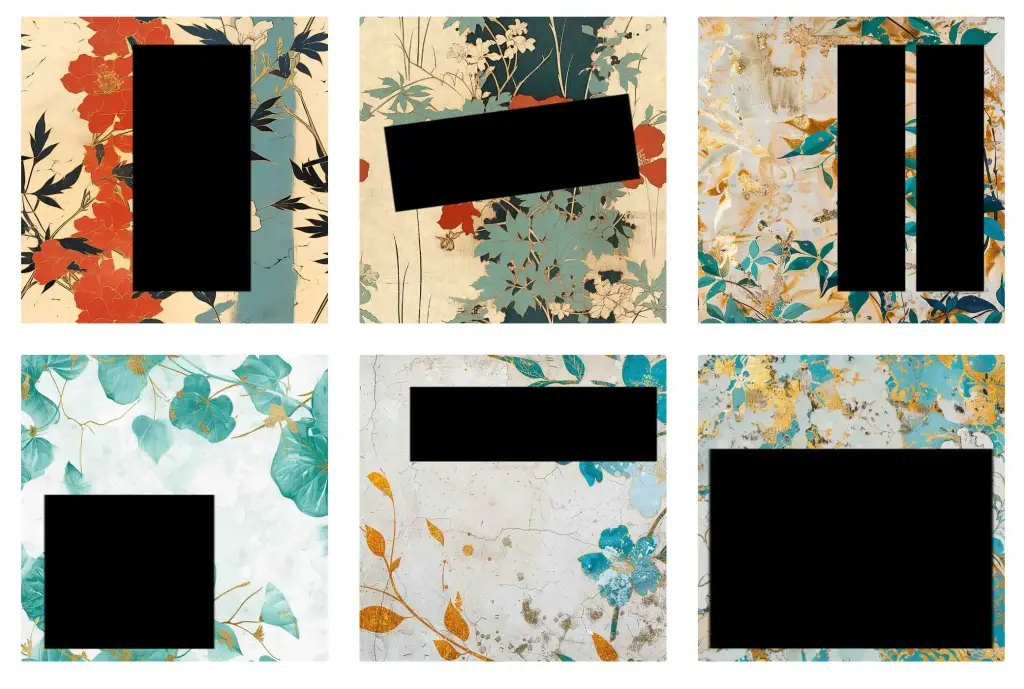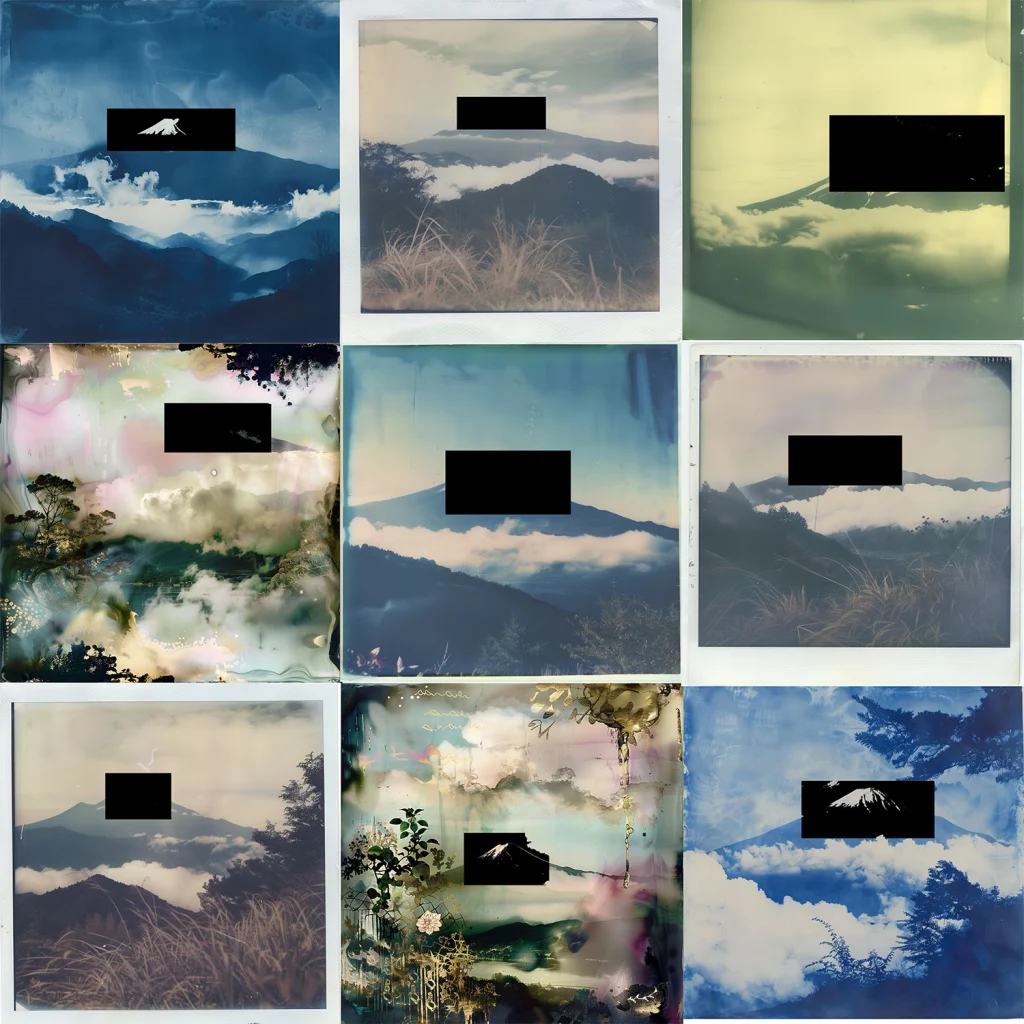
Japonisme: a French term coined in the late nineteenth century to describe the craze for Japanese art and design in the West. (Tate definition)
Summary of the musing (in case you don’t have time to read)
I am drawn to, and am influenced by Japanese arts and crafts.
I’m a Japanophile and not a weeb.
I am aware that I am flirting with cultural appropriation.
The purging or redaction of Asian influences in my work will likely lead me to abstraction.
Not a weeb
A weeb is obsessed with Japanese popular culture and is particularly obnoxious about it. Hmmm. Park that for a bit. A weeaboo (related term from which weeb is derived) denounces their own culture and wants to be, or believes they are Japanese. No, I’m definitely not that.
I tick the boxes for Japanophilia. I do deep dives into traditional Japanese arts and crafts. I love the perceived (my perception) binary of traditional and popular, the venerable and the kawaii. Every time I research an idea I have for art making or crafting, there is a honed Japanese example, always a lovely surprise, and a new inspiration.
Influence
Going back in time to key Japanese moments in my life:
1960s: Childhood crush Shintaro. I made swords from botanicals at hand and contemplated jumping backwards, ninja-like, into pine trees at the back of our house. Favourite song ‘Sakura’ from the ABC School Broadcast book.
1970s: Favourite study for my HSC Visual Arts was Modern Painting, in particular the Nabis, Fauvism and German Expressionism, of course, all influenced by Japanese art.
In around 1976 I bought a poster print of Sydney Long’s ‘Spirit of the Plains’ which was influenced by Japanese-inspired Aestheticism and Art Nouveau. Immediate grok. I majored in painting in my art education degree (well, did something I called ‘painting’), working on screens as canvases and embracing decorative elements of art nouveau and art deco without any clue why, nor any idea how to resolve this interest in my work.
1980s: I taught “Non-European Art” to senior high school students; Ukiyo-e study was a favourite of both teacher and students—accessible, decorative, colourful and theatrical. Our study of modernist painting was enhanced.
1990s: Teaching dance and choreographing for student ensembles, one of my go-to albums for inspiration was ‘Revolver Eleven’ by Tokyo Ska Paradise Orchestra. I also read Hard-Boiled Wonderland and the End of the World by Haruki Murakami, followed by every Murakami work I could get my hands on. These musical and written works encouraged and cemented my love of cross-cultural fusion in the arts, since both presented a Japanese view of Western culture.
2000s: In my role as an arts curriculum adviser I worked with museums and galleries to develop teacher and student resources. I was introduced to FRUiTS: Tokyo Street Style, an exhibition at the Powerhouse Museum and immediately fell in love with Shoichi Aoki’s portraits of the Japanese youth captured in Harajuku. I continued to read Murakami and planned a trip to Japan.
In 2003 we built our first koi pond and named the members of our fish family Ichi, Oishi, Gekko, Denki and Mr Sparkle (The Simpsons reference).
2013: I didn’t get to go to Japan until I retired. In 2013 we had the best holiday ever, staying in Kyoto, Kanazawa, Takayama, Hakone, Nikko and Tokyo. Enough said, it changed the way I thought about life and my work.
2013-now: Everywhere I turn there is something new to learn about Japanese arts and crafts—some favourites include kumihimo, temari, sashiko, shibori, boro, kintsugi, the lace knitting stitches of Hitomi Shida and the superflat art of Takashi Murakami.
Recurring motifs in my work include water, flower, moon, fish, rabbit, origami.
Purging
My AI work magnifies my love of Japanese aesthetics and the Western derivatives contained in the Arts and Crafts movement and early Modernism.
AI provides a playground for this ‘interest’, together with further influences from the maximalism of art nouveau and baroque styles, 1950s and 1960s fashion and decor trends, and botanical engravings and illustrations.
Trust social media to spoil my play. Japan is now a huge drawcard for hoards of disrespectful tourists, I suspect many weeaboo-wannabes (sorry, unnecessary tautology). Grubby influencers have outed a local spot in the town of Fujikawaguchiko for tourists to photograph Mount Fuji. The influx of thoughtless foreign tourists to this spot has forced local authorities to construct a black barrier to block Mount Fuji from view.
Redaction, out of respect for Japanese culture and Japanese people, may be in my future. A new path—a path that purges rabbits and flowers and decorative surfaces and cute—perhaps even to non-objectivity, beckons.


